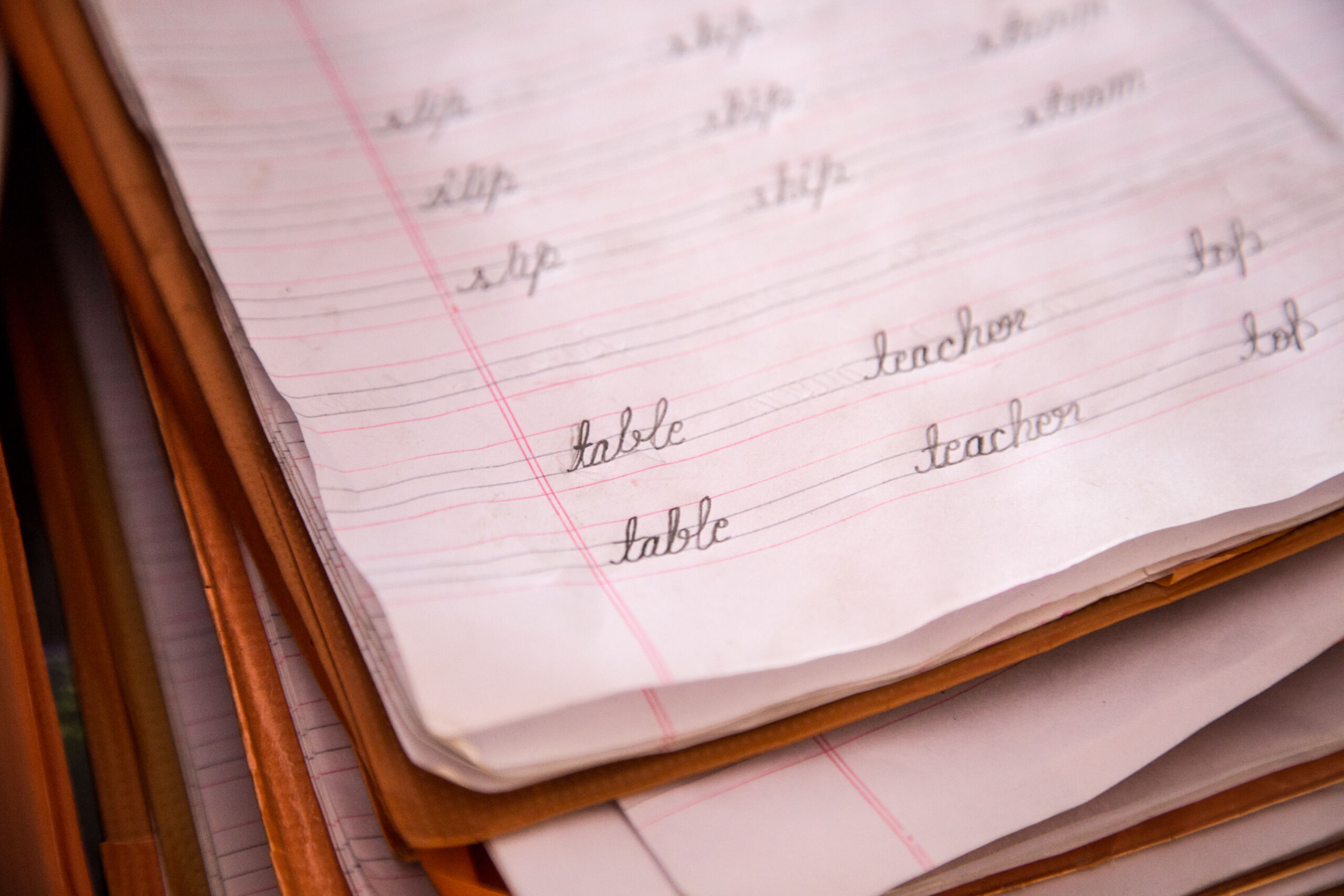All 1.4 billion Indians are now under lockdown for the foreseeable future to aid in stopping the spread of COVID-19. While this major step toward social distancing and the good advice about hand washing are necessary steps “flatten the curve” of this highly contagious virus, let’s for a moment think about what these things mean on a practical level for millions of Indians today.
Most Indian families live “jointly”, which means mothers, fathers, grandparents, children and grandchildren all live in the same home. There could be more than 10 people in a single one- or two-room dwelling place, crowded together with little space to move or self-isolate. In the urban slums, houses are packed closely together, without even a 6-foot barrier between their makeshift houses.
Especially in the slums and in rural areas, there is no electricity and no running water. A lack of fresh, clean water, in addition to a lack of soap or other anti-viral cleaning agents makes washing of hands and sanitizing of personal belongings almost impossible. Most people in India don’t use hand sanitizer, and they don’t have Clorox disinfecting wipes. Toilet paper is not on anyone’s shopping list because most people in this culture use alternative self-cleansing methods.
Distancing themselves from others will be especially challenging in a culture which values social interaction on the highest of levels. The inability to talk with neighbors or gather together at the local market to buy their vegetables will be emotionally devastating. Because of a lack of information and education on how viruses spread, many in the poorest areas may not understand how this invisible enemy can spread with just one handshake, just one embrace, just one exchange.
Many have not been educated in issues of health and hygiene and rely on traditional remedies when they get sick, rather than going to a healthcare professional. Further, while some of the world’s best healthcare is in India’s biggest cities, healthcare infrastructure in the far-flung reaches of rural India is non-existent. There are no hospitals or clinics in these places. Those who get sick have little chance of survival.
While we in the West are easily able to work from home, there are hundreds of millions of daily wage earners in India who don’t get paid if they don’t work. They live at a subsistence level and have no savings, no retirement plans to dip into. If they don’t work, their family members do not eat. Yes, the government will likely step in to provide free rations of essential foodstuffs, but will it be enough?
We need to pray for India. We need to keep them on our radar, knowing that simply because of the size and breadth of the population, they are at high risk for succumbing to this virus and its effects. Let’s do what we can from where we are, and stand in solidarity with our brothers and sisters in this beautiful nation.
–
Stories are real, all names and photos have been changed for protection, and are representative.






Get Social